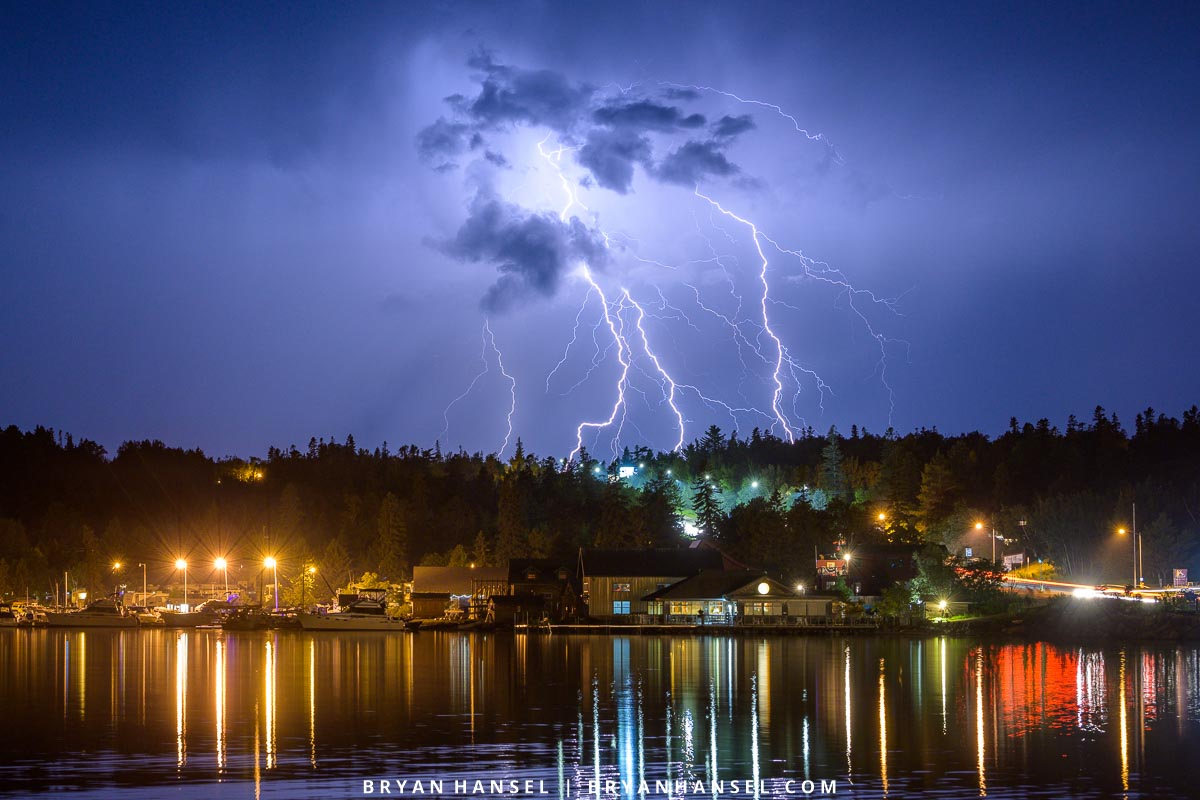One of the things that I’ve learned working as an outdoor professional and outdoor educator for the last 15 – 16 years and as an outdoor enthusiast for most my life is how to manage risk. Not everyone understands risk, and I’ve seen risky behavior from many outdoor photographers who didn’t learn to manage risk.

One of the ways that you can look at risk is by creating a grid with one axis as the probability or frequency of something bad happening and the other axis as the consequences of that something happening. So, if an activity is low probability and low consequence, you’re good to go. It may look risky to someone who doesn’t understand risk, but in reality, if evaluated correctly, it doesn’t pose significant risk.
If there’s a low probability but a high consequence — for example death — then even though there’s little chance of it happening, you should mitigate the consequence, and if you cannot, then don’t do the action because it is too risky. If it’s a high probability and high consequence and you can’t reduce the risk, then stay the heck away.
Let me provide three examples: I’ve posted a bunch of pictures lately of an icy shoreline, such as this picture. The probability of falling on the ice is high and the consequence of falling is moderate — most likely a few bruises (I’d call that low but you might not). Maybe you’d slide into the lake, but the rock next to the lake isn’t icy, so you could get out and the car is just 50 yards away. That’s not a big consequence. Still, with a high probability and moderate consequence, you want to reduce risk. The solution is put crampons on your feet. Crampons combined with experience (I used to be an ice climber and mountaineer in my 20s and early 30s so I’ve had crampons on my feet often) reduce the probability of the fall to near zero. To reduce the consequence, you make sure to only step in locations that wouldn’t put you into the lake if you fall. So, it becomes a low probability and low consequence situation. To someone untrained it might still look risky.

Here’s the second, which I have seen a photographer do. Back when the sea stack still stood at Tettegouche State Park, it was a photographer’s favorite. During one storm there were 10- to 15-foot waves hammering the sea stack in the winter. It was icy and the lake was cold. The waves were tossing against a bunch of cliffs.
The consequence of falling would be death with no way to really mitigate that risk. To survive cold shock in 10- to 15-foot waves hammering cliffs right in the fall zone is near zero. Also, the distance you’d have to swim was significant. Based on drowning statistics well outside the point of distance that the statistics show people drown at. The probability of falling was also high, because the point you had to stand on was angled to the water and covered with ice. Then add in monster waves, spray and ice getting tossed around, it wasn’t a spot to put yourself.
Maybe with crampons, ropes and a solid anchor, you could have mitigated the risk of falling to low. Maybe you could have put on a drysuit and life vest, but those don’t protect you from a 15-foot wave tossing your floating body against a cliff. So, there was no way to reduce the consequence of the fall. To me, that is a no go. But, I saw pictures and videos of a 20-year-old photographer out there trying to get a unique shot risking his life to do it. In that case, not only did it look risky, it was risky.

For the third, imagine in the summer on a calm day a guy takes a recreational kayak on Lake Superior. He paddles out away from the shore. As most recreational kayakers are apt to do, he isn’t wearing his life vest. He reaches for his camera in a case near his feet and capsizes the kayak; the man would be in a bad way.
This is a moderate probability and high consequence situation. The water on the lake is typically around 40F, which means that the man will likely suffer cold shock when hitting the water. This will take his breath away and cause him to start gasping. He could very easily suck in water and drown by just disappearing into the water. This happens every single year. If he survives cold shock, he has about 10 minutes of time before his agility disappears and he succumbs to cold incapacitation. Then he sinks and dies. During that 10 minutes, he has to get back into the kayak. If he didn’t practice that, he likely isn’t going to be able to do it, because it’s hard for people without the tools and training to get back into a kayak, especially when the water is cold.
There are ways to mitigate the risk such as dressing for immersion, always!!!! wearing a life vest and getting training and using the right equipment and paddling with friends. But, in this situation the calm water doesn’t look risky at all to someone who doesn’t know the real risks.
Anyway, what I’m getting at is that people who have training and judgement and experience can often participate in an activity that looks risky to the untrained but doesn’t have real risks, and an untrained enthusiast may put themselves in a situation that doesn’t look risky but actually is. And sometimes untrained people will put themselves into risky situations that look risky by relying on their ignorance and pure bravado.
Keep that in mind when you’re out there photographing the world.
Learning to manage outdoor risks can save your life and open up new possibilities.

Leave a Reply